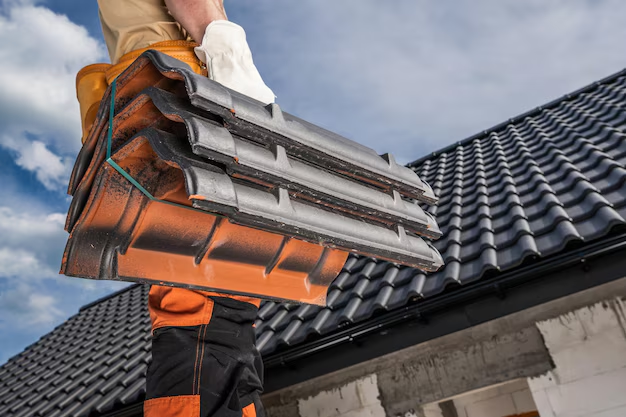Tin Roof vs. Shingles: Which Is the More Cost-Effective Choice for Your Home?
Choosing the right roofing material is more than just an aesthetic choice; it's a financial decision that impacts your home’s longevity and value. When faced with the decision of whether a tin roof is cheaper than shingles, the answer hinges on various factors including installation costs, life expectancy, and the climate you live in.
Initial Costs and Installation
When it comes to upfront costs, asphalt shingles are generally less expensive than tin roofs. They are widely available and can be installed quickly, which keeps both material and labor costs down. Asphalt shingles are also lightweight, reducing the need for structural reinforcement of your home.
In contrast, tin roofs come with a higher initial price tag. The materials themselves are pricier and require skilled labor for proper installation. However, this upfront cost is often offset by the benefits that tin roofs offer in the long run.
Longevity and Durability
Tin roofs excel in durability and longevity, often lasting 40 to 70 years with proper maintenance, while asphalt shingles typically need to be replaced every 20 to 30 years. This makes tin roofs a more sustainable choice, both environmentally and financially, in the long-term perspective. They stand up well in severe weather conditions and are highly resistant to rot, mildew, and insect infestations.
Energy Efficiency
Metal roofs, including tin, reflect sunlight, which can reduce cooling costs by up to 25% in hot climates. Asphalt shingles, on the other hand, absorb heat, making your air conditioning work overtime during warm months. This factor alone can lead to significant energy savings over time, tipping the scales towards tin roofs when considering lifetime costs.
Maintenance and Repairs
Both asphalt shingles and tin roofs require maintenance, but tin roofs come out ahead with fewer repair needs over their lifespan. Shingles are more susceptible to damage from wind and hail and may require frequent inspections and patchwork. Tin roofs, with their interlocking panels, provide a more robust barrier against elements.
Government and Financial Incentives
If you're concerned about the higher initial cost of a tin roof, you might be eligible for government incentives aimed at promoting energy-efficient home improvements. Tax credits or rebates could offset some of the expense, making a metal roof more financially accessible. Investigating local and federal programs is a wise move for homeowners looking to make eco-friendly upgrades.
Adding Value to Your Home
A well-installed tin roof can significantly boost the resale value of your home. Buyers are often willing to pay a premium for homes with metal roofs due to their durability and energy efficiency. Before you commit, consider consulting a real estate expert to understand the potential return on investment for your area.
Making the Decision
Ultimately, deciding between a tin roof and shingles comes down to balancing initial cost versus long-term benefits. If you plan on staying in your home for decades and seek lower lifetime costs and reduced environmental impact, a tin roof is an excellent choice. However, if you’re focused on immediate savings and anticipate moving sooner, asphalt shingles might be more suitable.
💡 Financial Assistance and Incentives for Home Improvement:
- 🔆 Federal Energy Efficiency Tax Credits: Check eligibility for up to 10% credit on metal roofs.
- 🏡 State-Specific Rebates: Many states offer rebates for installing energy-efficient home systems.
- 💳 Home Improvement Loans: Consider low-interest loans for financing tin roof installations.
- 🏦 FHA 203(k) Loans: Allows for the refinancing of your home for energy-efficient upgrades.
- 🗂 Local Utility Programs: Some utilities provide rebates for homes using energy-efficient materials.
- 📚 Educational Grants: For learning sustainable home maintenance techniques, available at community colleges.
Whether you're replacing an old roof or building new, the decision between tin and shingles should be carefully weighed, taking into account both immediate finances and long-term impacts. Don't hesitate to reach out for financial products and educational resources that can help make your roofing project more attainable.
